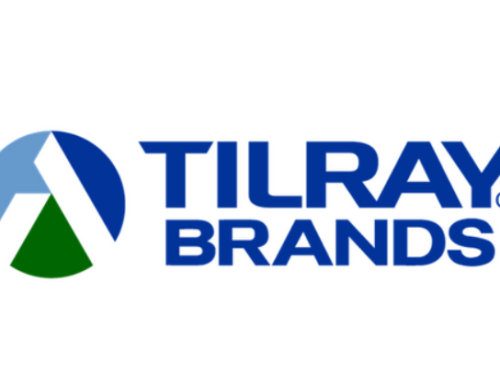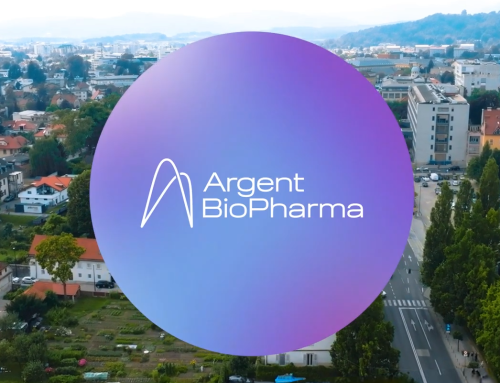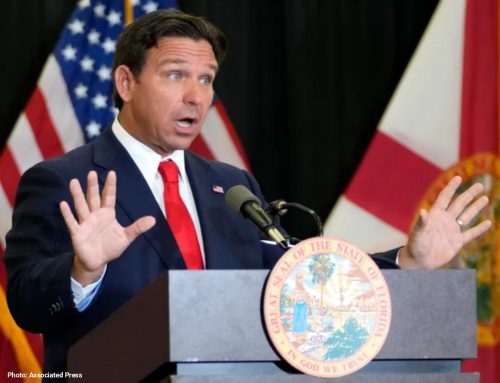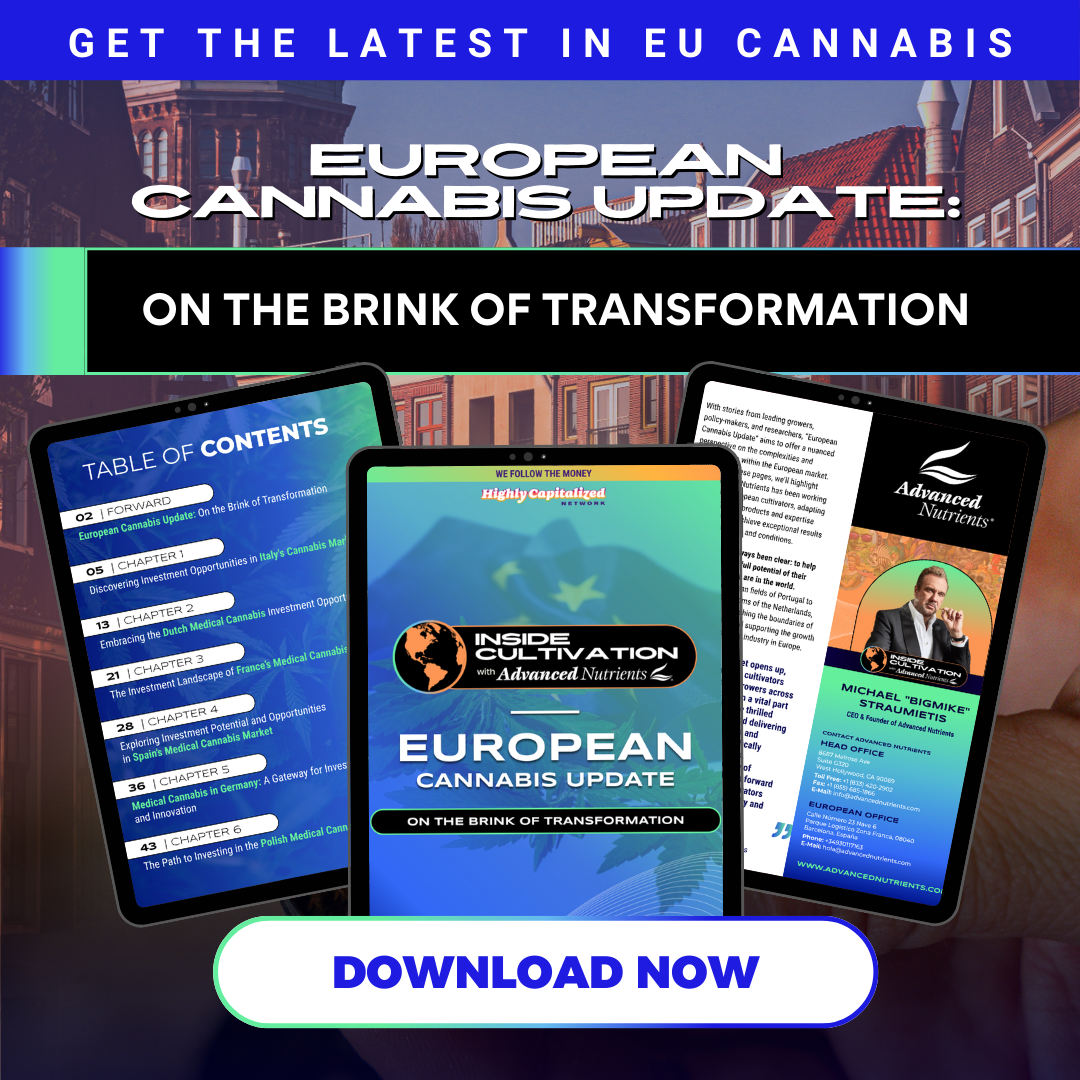Government Relations at The Core
NEW YORK — In industries where business depends on regulation—such as cannabis, infrastructure, or fintech—navigating the policy environment is foundational. Laws, budget priorities, administrative procedures, and even decisions by local councils directly affect where companies can operate, what services they can provide, and what risks they must manage.
Government Relations (GR) establishes the framework for institutional engagement with policymakers—clarifying how decisions are made, by whom, and under what conditions. This structured approach helps organizations anticipate developments, shape outcomes, and align strategy with the policy environment.
This work includes monitoring legislation, participating in consultations, engaging with regulatory agencies, and forming partnerships or coalitions when public and private interests intersect. GR helps companies move from reaction to strategy—engaging with policy as an operational reality, not a distant variable.
What Government Relations Does
GR serves as a strategic link between institutions and the systems that govern them. Rather than operating as a standalone department, GR integrates across organizational functions to translate policy activity into operational foresight and action.
Its responsibilities span several key domains:
- Policy Surveillance and Analysis. GR professionals systematically monitor legislative proposals, agency rulemakings, and fiscal policies at all levels of government. Their role is to flag relevant developments early, assess their implications, and coordinate organizational responses.
- Institutional Engagement. Maintaining structured communication with lawmakers, regulators, and policy staff is central to GR. This includes formal briefings, technical consultations, and ongoing dialogue to clarify sector realities and influence decision trajectories.
- Participation in Governance Processes. GR ensures organizational presence in public forums—such as hearings, task forces, and advisory groups—where regulations are crafted and revised. Through these mechanisms, companies contribute data, experience, and proposals to the policymaking process.
- Alignment with Regulatory Change. By anticipating emerging obligations, GR provides legal, compliance, and operational teams with advance insight—enabling timely adaptation before enforcement begins.
- Strategic Counsel on Political Conditions. GR practitioners advise leadership on institutional timelines, political risks, and moments of policy leverage. Their insight informs high-level decisions on siting, timing, and public positioning.
- Coalition Development. Where strategic interests converge, GR builds alliances—whether through trade associations or ad hoc partnerships—to coordinate messaging, pool expertise, and expand access to decision-makers.
Taken together, these functions ensure that policy change does not catch the organization unprepared. Instead of reacting to new rules, GR helps design the environment in which the organization will operate.
Strategic vs. Reactive Engagement
Government relations delivers the greatest value when embedded early—at the point of strategic planning, not merely activated in response to regulatory crises. When treated as an integral component of decision-making, GR allows organizations to align their objectives with the unstable policy landscape, reducing exposure to political and operational risk.
Strategic GR functions as an early-warning and alignment system. It informs decisions on market entry, facility location, capital deployment, and product launches by mapping political timelines, anticipating regulatory developments, and surfacing institutional constraints before they create friction. Rather than reacting to setbacks—like delayed permits, unfavorable legislation, or stakeholder resistance—GR helps organizations structure their initiatives with policy realities in mind from the outset.
By embedding this anticipatory capacity into core business processes, companies gain speed, reduce compliance ambiguity, and improve the consistency of external approvals. Over time, this strengthens their credibility with public institutions and community stakeholders, establishing them as reliable participants in regulated systems.
Understanding the Policy Landscape
Public decision-making operates across multiple levels and institutions. Local councils, state legislatures, executive offices, regulatory agencies, zoning boards, and budget committees—each has a defined role in shaping the policies that govern business activity. Their responsibilities may overlap, but their processes, priorities, and timelines often differ.
Effective government relations begins with mapping this landscape. GR professionals identify where authority sits, how decisions move through institutions, and which actors carry influence. Beyond formal structures, they also engage with external stakeholders—community groups, advocacy coalitions, business associations, and labor representatives—whose perspectives can guide or shift public policy. By understanding how these networks function, GR helps organizations navigate multi-level regulation with clarity and institutional awareness.
Metrics that Matter
The impact of government relations is not always visible in quarterly reports, but it is measurable through the stability, access, and influence it helps secure. In regulated sectors, success often depends on being present—early and consistently—throughout its development.
Key indicators of effective GR include:
- Policy access and participation. Inclusion in stakeholder consultations, advisory panels, and working groups reflects institutional trust and positions the organization to shape outcomes rather than absorb them.
- Regulatory influence. Adjustments to draft legislation, refinements in rulemaking, or the successful introduction of exemptions and clarifications signal that the organization’s input is being incorporated into formal processes.
- Acceleration of approvals. Fewer delays in permitting, licensing, and inspections often trace back to early coordination, political preparation, and strong working relationships with relevant agencies.
- Prevention of risk. GR helps prevent the introduction of adverse policies, defuses emerging conflicts, and mitigates reputational exposure before issues escalate. The absence of crisis is often the most powerful evidence of GR’s effectiveness.
- Institutional positioning. Ongoing dialogue with government actors, credible participation in policy forums, and recognition as a trusted source of technical input all enhance the organization’s standing—and its ability to operate with predictability.
These outcomes are cumulative. Measured over time, they reveal the degree to which GR has been embedded into the organization’s structure and has contributed to resilience in volatile policy environments.
The Cannabis Example
Cannabis remains one of the most dynamic—and structurally unstable—regulated sectors in the United States. Its legal status varies across federal, state, and local levels, with each jurisdiction maintaining distinct rules, timelines, and enforcement standards. This complexity makes government relations a structural requirement for long-term viability.
State licensure, while essential, often provides only conditional access. In practice, real operational clearance depends on local zoning commissions, planning boards, and city councils. A fully compliant state application may still be denied or stalled due to local political resistance, community opposition, or misalignment with land-use frameworks.
Compounding this challenge is the pace of regulatory change. Rulemaking bodies continue to update requirements for product safety, testing, advertising, delivery logistics, and social equity programs. These changes are not synchronized across jurisdictions, meaning that multistate operators must navigate overlapping—and sometimes conflicting—compliance regimes.
Social equity provisions add operational and political complexity. Though grounded in restorative justice goals, their implementation varies widely across jurisdictions and remains highly sensitive to local dynamics. GR teams play a critical role in interpreting evolving criteria—such as eligibility standards, community benefit expectations, and impact metrics—helping operators align with both policy intent and stakeholder demands.
Public opinion, too, remains volatile. Despite widespread legalization, stigma persists in many municipalities. Public meetings, referendums, and electoral turnover can reverse policy direction, disrupt siting plans, or delay project approvals. GR professionals monitor these shifts and provide strategic counsel on where and how to engage.
In cannabis, success requires anticipating what the next set of rules might be, and participating in shaping them. Government relations provides that forward-looking capacity. It connects operators to the institutions, processes, and people who will define the next phase of regulatory reality.
Conclusion
In regulated industries, government relations functions as a central pillar of operational strategy. The frameworks that define access, compliance, and long-term growth are shaped and implemented by public institutions. GR equips organizations with the tools to navigate this environment deliberately—through structured engagement, informed positioning, and institutional fluency.
Integrated at the strategic level, GR improves execution timelines, increases regulatory clarity, and strengthens relationships with key decision-makers. It supports consistent alignment with evolving policy goals and reinforces institutional reputation through credibility and responsiveness.
Effective GR embeds political and regulatory intelligence into core planning. It identifies decision points, maps influence networks, and aligns organizational actions with policy momentum. This integration enables leadership to act with greater precision, anticipating shifts and advancing business priorities within the bounds of the law.
Strategic engagement enables businesses to influence regulatory design, strengthen market position, and support sustainable growth. For organizations with long-term objectives, government relations is a core function that operationalizes strategy.
Author Jeff Guillot
Copyright Highly Capitalized Network and MAD Global Strategy © 2025. All rights reserved.
Thank you to MAD Global Strategy and Jeff Guillot for collaborating on this article.
Jeff Guillot is a seasoned strategist in government relations, policy, and regulatory affairs, with a sharp focus on the cannabis industry. As Managing Partner at MAD Global Strategy, he collaborates with federal, state, and local governments to craft regulatory environments that support both business growth and community impact.
His expertise covers emerging technologies, sustainability initiatives, land use policy, cannabis regulation, and the inner workings of state and local governance. Jeff’s public sector experience includes roles with U.S. Congressman Gary Ackerman, the New York City Council, and as Legislative Director for Assemblyman Richard Brodsky in the New York State Assembly.
To learn more about how government relations can support your cannabis business, contact Jeff Guillot via email [email protected].



































